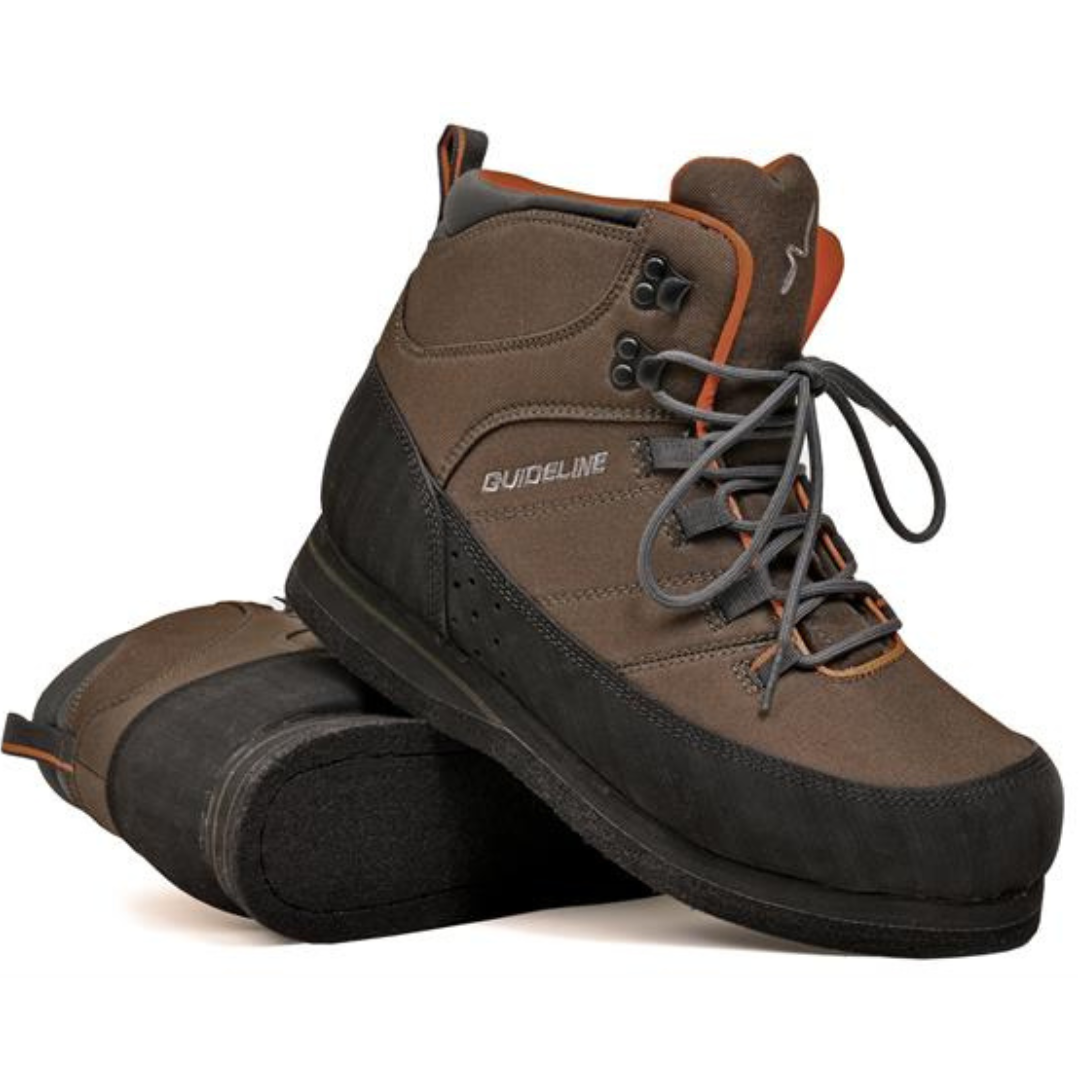Understanding the Basics of Fly Fishing Footwear
Choosing the right footwear is essential for any angler, and when it comes to wading through rivers and streams, the decision often comes down to Fly fishing boots versus wading shoes. Each option offers unique advantages, and understanding these differences can greatly enhance your fishing experience. Fly fishing boots are designed to provide stability, protection, and comfort for anglers who spend extended periods in the water, while wading shoes are typically lighter and more versatile, suitable for shallower waters or casual fishing trips. Knowing your environment and fishing style is key to selecting the proper footwear.
Advantages of Fly Fishing Boots
Fly fishing boots offer several benefits that make them a popular choice among serious anglers. One of the primary advantages is ankle support. Most fly fishing boots are constructed with high-top designs that provide extra stability when navigating slippery rocks or uneven riverbeds. This reduces the risk of injuries and allows you to maintain better balance, especially in fast-moving waters. Another benefit is durability. Quality fly fishing boots are made from materials that can withstand harsh conditions, including cold water, sharp rocks, and abrasive surfaces. Additionally, fly fishing boots often feature felt or rubber soles designed for superior traction, which is essential for safe wading in challenging environments.
Advantages of Wading Shoes
While fly fishing boots excel in support and protection, wading shoes have their own advantages. They are typically lighter and more flexible, making them ideal for anglers who prioritize mobility and comfort over heavy-duty protection. Wading shoes dry faster than fly fishing boots, which can be beneficial if you frequently move between land and water. They are also easier to pack and transport, making them convenient for travel or quick fishing trips. For anglers who mostly fish in shallow or calm waters, wading shoes provide sufficient grip and safety without the bulk of traditional fly fishing boots.
When to Choose Fly Fishing Boots
Anglers should consider fly fishing boots if they often wade in deeper or fast-flowing rivers where stability is crucial. Fly fishing boots are ideal for long fishing trips that require hours of standing in cold water. If you encounter rocky or uneven terrain, the added ankle support and grip from fly fishing boots can prevent slips and injuries. Furthermore, those who fish in colder climates benefit from the insulation properties of some fly fishing boots, keeping feet warm and dry. For serious anglers who prioritize performance and safety, fly fishing boots are the preferred choice.
When Wading Shoes Make Sense
Wading shoes are a better option for casual or traveling anglers. If you fish in streams, ponds, or shallow rivers, wading shoes offer sufficient protection and grip without the bulk of fly fishing boots. They are also a practical choice for anglers who need footwear that transitions easily from water to land, allowing for more flexibility during hiking or exploring fishing spots. For warmer weather or short trips where prolonged immersion in cold water is unlikely, wading shoes provide comfort, quick drying, and mobility that fly fishing boots might not offer.
Materials and Traction Considerations
Both fly fishing boots and wading shoes come in various materials that affect performance. Felt-soled fly fishing boots offer excellent traction on slippery rocks but require maintenance to prevent spreading invasive species. Rubber-soled options are more versatile, providing grip both in and out of water. Wading shoes also often feature rubber or synthetic soles that balance traction, weight, and durability. Choosing the right sole depends on the type of water you frequent and your personal comfort preferences.
Making the Right Choice for Your Fishing Style
Ultimately, selecting between fly fishing boots and wading shoes depends on your fishing environment, frequency of trips, and personal comfort needs. If you fish in challenging conditions, prioritize ankle support, and need durable footwear, fly fishing boots are the ideal solution. If you prefer lightweight, versatile, and quick-drying options for easier movement, wading shoes may suit you better. Understanding your style, environment, and the pros and cons of each option ensures that your time on the water is both safe and enjoyable.
In conclusion, both fly fishing boots and wading shoes serve essential roles in an angler’s gear lineup, but the best choice comes down to where, how, and how often you fish. Prioritizing safety, comfort, and functionality will enhance your fly fishing experience, making every adventure on the water more rewarding. Choosing the right footwear is more than a preference; it’s a key component of successful and enjoyable fly fishing.




